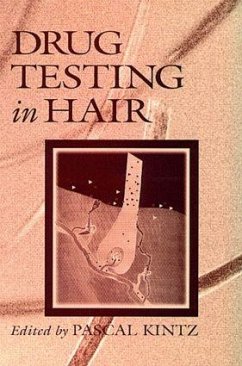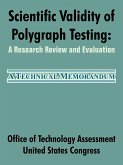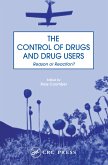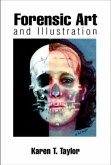Drug Testing in Hair is the first book on this timely and controversial topic. The book's purpose is to validate hair testing as an accepted form of evidence for use in courts and elsewhere, such as the military and the workplace. This volume presents the most recent experiments and clinical applications to provide missing information and insight into the unanswered questions of hair testing. Active researchers working in hair testing have contributed chapters to this book. New data, never before published, are incorporated into the text, so the reader receives cutting-edge information from experts in the field. This is must-have information on everything you need to know about drug testing in hair.
Hinweis: Dieser Artikel kann nur an eine deutsche Lieferadresse ausgeliefert werden.
Hinweis: Dieser Artikel kann nur an eine deutsche Lieferadresse ausgeliefert werden.








